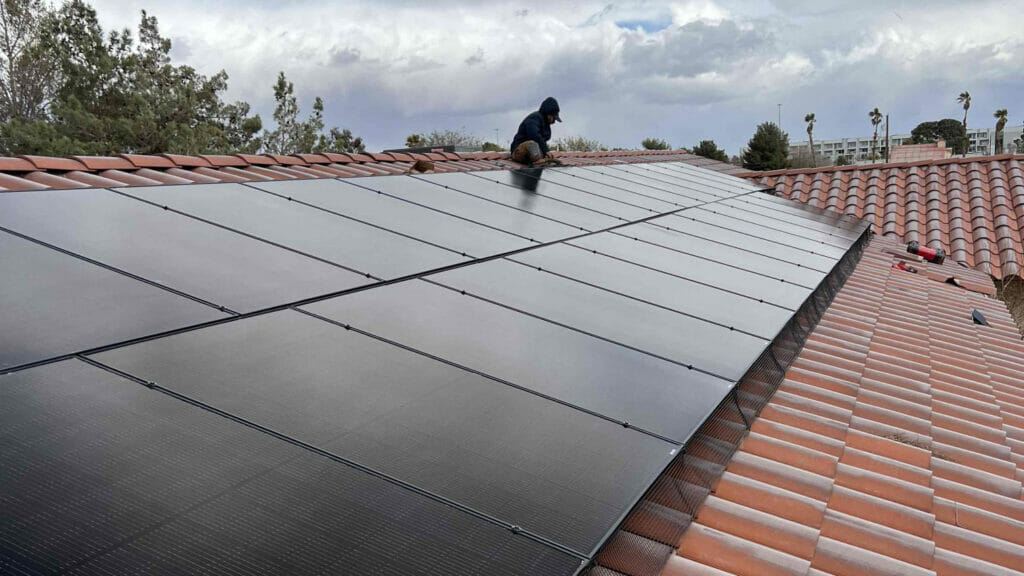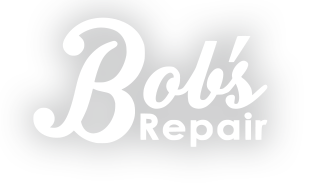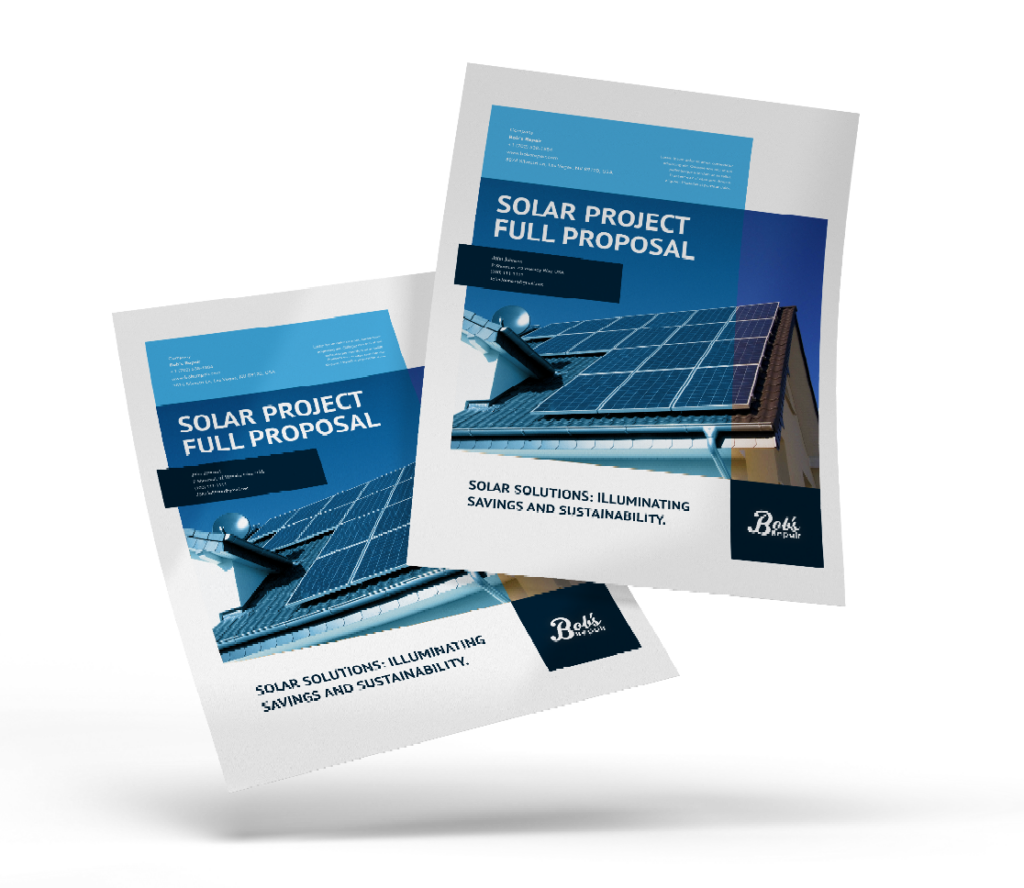Introduction to Solar Energy
We are proud to call ourselves a leading company in the solar industry! We’ve seen firsthand the transformative power of solar energy. It can reduce your electricity bills and increase the value of your property while also contributing to a global movement towards clean and renewable energy.

The Rising Popularity of Solar Panel Installation
Solar panel installation is gaining popularity, especially in sunny cities like Las Vegas and the surrounding valley. More and more homeowners and businesses are recognizing the benefits of solar energy and are eager to make the switch. This trend is driven by a combination of factors, including:
- falling solar panel prices
- increasing electricity costs
- growing awareness of the environmental impact of traditional energy sources
More and more homeowners are recognizing the benefits of solar energy and are eager to make the switch. For those considering a solar setup at home, our residential solar installation guide offers in-depth insights.
As a solar company at the forefront of this industry, we’re excited to be part of this shift toward a more sustainable future. Let’s delve into details and learn about the benefits a solar energy system may bring.
The Environmental and Economic Benefits of Solar Energy
Solar energy is good for the environment. It reduces carbon emissions and dependence on fossil fuels. It’s also kind to your wallet.
Over time, solar systems pay for themselves through reduced electricity bills and potential earnings from excess power generation. Moreover, solar panels can increase the value of your property, making them a smart investment. But the benefits don’t stop there. By choosing solar energy, you’re supporting a growing industry that’s creating jobs and driving innovation.
Understanding Solar Panel Systems
Solar panel systems might seem complex, but the process is simple.
A solar panel system is made up of several key components, including the solar panels themselves, an inverter, and sometimes a battery for solar energy storage. These components work together to convert sunlight into electricity that you can use in your home or business.
Different Types of Solar Panels: Which One to Install?
There are several types of solar panels available, each with its own advantages.
- Monocrystalline panels are highly efficient and have a sleek, uniform appearance.
- Polycrystalline panels are less efficient but also less expensive.
- Thin-film panels are flexible and lightweight, but they’re less efficient than crystalline panels.
The best type for you depends on your budget, your energy needs, and the physical characteristics of your installation site. If you’re wondering whether it’s feasible to install the solar system yourself, our guide provides useful insights and considerations
The Role of Inverters in Solar Panel Systems
Inverters play a crucial role in any solar panel system.
They convert the direct current (DC) produced by your panels into alternating current (AC) that you can use in your home or business.
There are several types of inverters, including string inverters, micro-inverters, and power optimizers. Each type has its own advantages and disadvantages in terms of efficiency, cost, and suitability for different types of installations. We’ll guide you through these options and help you choose the right one for your system.
Understanding the Difference Between Grid-Tied and Off-Grid Systems
Whether you want to stay connected to the grid or completely independent, we can design a system that suits your needs.
- Grid-tied systems are connected to the local electricity grid. They can draw power from the grid when your panels aren’t producing enough electricity, and they can feed excess power back into the grid when your panels are producing more than you need.
- Off-grid systems, on the other hand, are completely independent. They typically include a battery for energy storage, allowing you to use solar power even when the sun isn’t shining. We’ll explain the pros and cons of both options to help you make an informed decision.
Site Evaluation and Feasibility Study for Solar Panel Installation
Before we start any solar panel installation process, we conduct a thorough site evaluation and feasibility study. This involves a detailed assessment of your property and a careful analysis of your energy needs. Our goal is to design a solar panel system that’s perfectly tailored to your situation.
Assessing the Suitability of Your Location for Solar Panels
We’ll assess your location’s suitability for solar panels, considering factors like roof orientation, shading, and local climate. The ideal location for solar panels is a south-facing roof with little to no shading. However, we can often design effective systems for less-than-ideal locations. We’ll also consider local climate factors, like average sunlight hours and weather patterns, to estimate how much electricity your panels can produce.
Navigating Local Laws and Regulations for Solar Panel Installation
We’ll help you navigate the regulations set by NV Energy, ensuring your solar installation is compliant and hassle-free. This includes obtaining any necessary permits and ensuring your system meets local building codes and utility requirements.
How to Determine the Size of the Solar System You Need
We’ll work with you to determine the size of the solar system you need based on your energy consumption and goals. This involves analyzing your electricity bills to understand your energy usage patterns and determining how much of that energy you want to offset with solar power. We’ll also consider the physical space available for solar panels on your property.
Preparation Before Installation
Once we’ve completed the site evaluation and feasibility study, we’ll prepare for the home solar power system installation. This involves finalizing the system design, ordering equipment, and scheduling the installation.
Ensuring Your Roof is Ready for Solar Panels
We’ll ensure your roof is ready for solar panels, checking its condition and load-bearing capacity. If necessary, we can coordinate roof repairs or upgrades before the solar installation. We’ll also design the panel layout to optimize energy production and aesthetic appeal.
The Importance of Conducting a Shadow Analysis Before Installation
We’ll conduct a shadow analysis to ensure your panels will receive optimal sunlight throughout the day. This involves analyzing the path of the sun across your property and identifying any potential sources of shading, like trees or nearby buildings. If shading is an issue, we can often find solutions, like adjusting the panel layout or using microinverters to minimize the impact of shading on energy production.
The Process of Obtaining Necessary Permits for Solar Panel Installation
We’ll handle the process of obtaining necessary permits for your solar installation, making the process as smooth as possible for you. This involves submitting detailed plans to your local building department and coordinating any necessary inspections. We’ll also ensure your system meets all local codes and utility requirements.
Step-by-Step Guide to Solar Panel Installation
Our team of experts will guide you through the installation process step by step. We’ll start by preparing the site, which includes setting up safety equipment and staging the solar panels and other equipment. Then, we’ll install the solar panels, secure them to the mounting system, and connect them to the inverter. Finally, we’ll connect the inverter to your electrical system and the grid.
A Detailed Guide to Roof-Mounted Solar Panel Installation
Roof-mounted solar installation involves several steps. First, we’ll install a mounting system on your roof. This typically involves attaching metal rails to your roof with brackets and screws. Then, we’ll attach the solar panels to the mounting system and connect them together to form a series or array. Finally, we’ll connect the array to the inverter, which converts the DC electricity produced by the panels into AC electricity that you can use in your home.
Safety Precautions to Follow During Solar Panel Installation
Safety is our top priority during solar panel installation. Our team is trained to follow all relevant safety guidelines and regulations. This includes using safety equipment like harnesses and helmets, following safe electrical practices, and ensuring the site is safe and secure at all times. We also take steps to protect your property during the installation, using methods like drop cloths and shoe covers to prevent damage.
Connecting Your Solar System to the Grid
Once your solar panels are installed, it’s time to connect your system to the grid. This involves working with NV Energy to install a net meter and ensure your system is properly connected and configured.
An Overview of Net Metering and Its Importance
Net metering is a system that allows you to feed excess power back into the grid and earn credits on your electricity bill. When your panels produce more electricity than you need, that power goes back into the grid, and you get a credit for it. Then, when you need more power than your panels are producing (like at night or on cloudy days), you can use those credits instead of buying power from the utility. This system makes solar power more economical and allows you to make the most of your solar panels.
The Process of Connecting Your Solar System to the Grid
Our team will handle the process of connecting your solar system to the grid, ensuring all connections are secure and compliant with local regulations. This involves working with NV Energy to install a net meter, which tracks how much power you’re producing and consuming. Once the net meter is installed, your system is officially connected to the grid.
Understanding Your Electricity Bill After Solar Panel Installation
We’ll help you understand your electricity bill after installation, explaining how your solar power generation affects your overall electricity costs. With net metering, your bill will show how much power you consumed from the grid, how much power you fed back into the grid, and the net amount you owe. You’ll also see any credits you’ve accumulated for future use. We’ll walk you through your first few bills to ensure you understand how to read them and answer any questions you may have.
Maintenance and Troubleshooting of Solar Panels
Solar panels require minimal maintenance, but we’re here to help when you need it. With our comprehensive maintenance and troubleshooting services, you can enjoy peace of mind knowing your solar panel system is in good hands. While some solar companies are task-oriented, we can see it from a broader perspective. Learn how to keep your installation in proper condition.
Regular Maintenance Tasks for Your Solar Panels
Regular maintenance tasks for your solar panels include cleaning and inspections. Cleaning involves removing any dust, dirt, or debris that has accumulated on the panels, as this can reduce their efficiency. Inspections involve checking the panels and other system components for any signs of damage or wear. We can provide detailed guidance on how to perform these tasks yourself, or we can handle them for you as part of a regular maintenance service.
Common Issues with Solar Panels and How to Troubleshoot Them
If you encounter any issues with your solar panels, we’re here to help. Common issues include reduced power output, damage to the panels, and issues with the inverter or other system components. We’ll provide you with resources to help you troubleshoot these issues, and we’re always available to provide professional assistance if needed.
Economic Analysis of Solar Panel Installation
Investing in solar panels is a big decision. We’ll provide a comprehensive economic analysis to help you make an informed choice.
Understanding the Upfront and Long-Term Costs of Solar Panels
We’ll help you understand both the upfront and long-term solar panel installation costs.
- The upfront costs include solar panel costs, the inverter, and the installation.
- The long-term costs include any maintenance costs and the cost of electricity if you’re still drawing some power from the grid. However, these costs are often offset by the savings on your electricity bill and the earnings from feeding power back into the grid.
How to Estimate the Return on Investment for Solar Panel Installation
We’ll guide you through estimating the return on investment for your solar panel installation. This involves calculating your annual savings on your electricity bill, subtracting any annual costs, and comparing this to your initial investment. With the long lifespan of solar panels, many homeowners find that their systems pay for themselves in just a few years.
Available Subsidies and Incentives for Solar Panel Installation
We’ll inform you about available subsidies and incentives for solar installation. Many local and national governments offer incentives to encourage homeowners to install solar panels. These can significantly reduce the upfront cost of your system and make solar power even more economical.
Is Installing Solar Panels Worth It?
Solar installation is a wise investment, both for the environment and for your wallet. As a leading company in the industry, we’re committed to providing high-quality, affordable solar panel systems and exceptional customer service.
The Future of Energy: Why Solar Panel Installation is a Wise Investment
We believe in the future of solar energy. As the cost of traditional energy sources continues to rise and the impact of fossil fuels on the environment becomes increasingly clear, we believe that more and more people will turn to solar energy.
Encouraging Sustainable and Renewable Energy Practices
We encourage everyone to consider sustainable and renewable energy practices. By choosing solar panel installation, you’re taking a significant step towards a more sustainable future. You’re not just reducing your own carbon footprint – you’re also contributing to a global shift towards clean, renewable energy. We’re proud to be part of this movement, and we’re here to help you make the most of your solar energy journey.
Ready to make a significant step towards a more sustainable future? Contact us today for your solar panel installation needs. We’re here to guide you on your journey towards clean, renewable energy. Reach out to us now and be part of this global shift.



